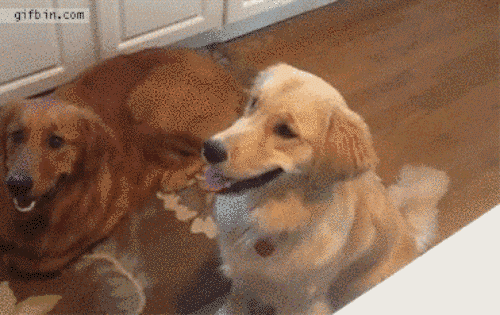Miss Megan's Lesson Designs
Spring 2016
Pant Like A Dog With H
Rationale:
This lesson will help children identify /h/, the phoneme represented by the symbol H. Students will learn to recognize /h/ in spoken words by learning a meaningful representation (panting like a dog) and the letter symbol H, practice finding /h/ in words, and apply phoneme awareness with /h/ in phonetic cue reading by distinguishing rhyming words from beginning letters.
Materials:
Primary paper and pencil; chart with "Harry had a horrible headache and hated to hear Henry howl."; drawing paper and crayons; Dr. Seuss's Horton Hears a Who (Random House, 1954); word cards with HOG, HAT, HOWL, HORN, HEN; assessment worksheet identifying pictures with /h/ (URL below).
Procedures:
1. Say: Our written language is a secret code. The tricky part is learning what letters stand for—the mouth moves we make as we say words. Today we're going to work on spotting the mouth move /h/. We spell /h/ with letter H. H fits into the rectangular middle of a dog’s tongue when he pants, and /h/ sounds like a dog panting.
2. Let's pretend we are a dog breathing heavily, /h/, /h/, /h/. [Pantomime breathing like a dog with his tongue out] Notice how your teeth don’t touch your lips or tongue at all. When we say /h/, we blow air straight out of our throats.
3. Let me show you how to find /h/ in the word honk. I'm going to stretch honk out in super slow motion and listen for my panting dog sound. Hhhh-oohhh-nn-kuh. Slower: Hhh-oh-oh-oh-nn-kkk There it was! I felt the air come out of your throat and float through my mouth. I can feel the breathing dog /h/ in honk.
4. Let's try a tongue twister. "Harry had a horrible headache and hated to hear Henry howl." Everybody say it three times together. Now say it again, and this time, stretch the /h/ at the beginning of the words. "Hhhharry hhhad a hhhorrible hhheadache and hhhated to hhhear Hhhenry hhhowl." Try it again, and this time break it off the word: "/H/arry /h/ad a /h/orrible /h/eadache and /h/ated to /h/ear /h/im /h/owl.”
5. [Have students take out primary paper and pencil]. We use letter H to spell /h/. Capital H looks like a dog’s tongue. Let's write the lowercase letter h. Start at the top of the line. Draw two lines right next to each other straight down from the top to the bottom. Then cross them at the fence. I want to see everybody's h. After I put a smile on it, I want you to make nine more just like it.
6. Call on students to answer and tell how they knew: Do you hear /h/ in happy or scared? Stop or pot? Hard or soft? Hat or cap? Say: Let's see if you can spot the mouth move /h/ in some words. Pant like a dog if you hear /h/: The, happy, hairy, dog, heard, the, hamster, in, her, cage.
7. Say: "Let's look at a book called Horton Hears a Who. Dr. Seuss tells us about an elephant whose name starts with H and discovers the world of the Whos. It becomes Horton's duty to take care of the tiny Whos that live on a small flower. Will it be easy to protect Horton's new friends?" Read Horton Hears a Who, drawing out /h/ (especially in "Who") and having students pant like a dog every time they hear the phenome /h/. Ask children if they can think of other words with /h/. Ask them to make up a silly Who name like Hippie-happy Who. Then have each student write their silly name with invented spelling and draw a picture of their silly creature. Display their work.
8. Show HOG and model how to decide if it is hog or dog: The H tells me to pant like a dog, /h/, so this word is hhh-og, hog. You try some: HEN: hen or men? HEAT: feet or meet? HAM: ham or swam? HUG: hug or pug? HARD: hard or card?
9. For assessment, distribute the worksheet. Students are to identify and underline the letter H in different words and fonts before tracing and writing the letter. Call students individually to read the phonetic cue words from step #8.
References:
Seuss. Horton Hears a Who! New York: Random House, 1954. Print.
Assessment worksheet: http://toddler-net.com/worksheets/preschool_letters/letter-h-preschool.html
http://www.auburn.edu/academic/education/reading_genie/phon.html
Click here to return to the Connections Index
